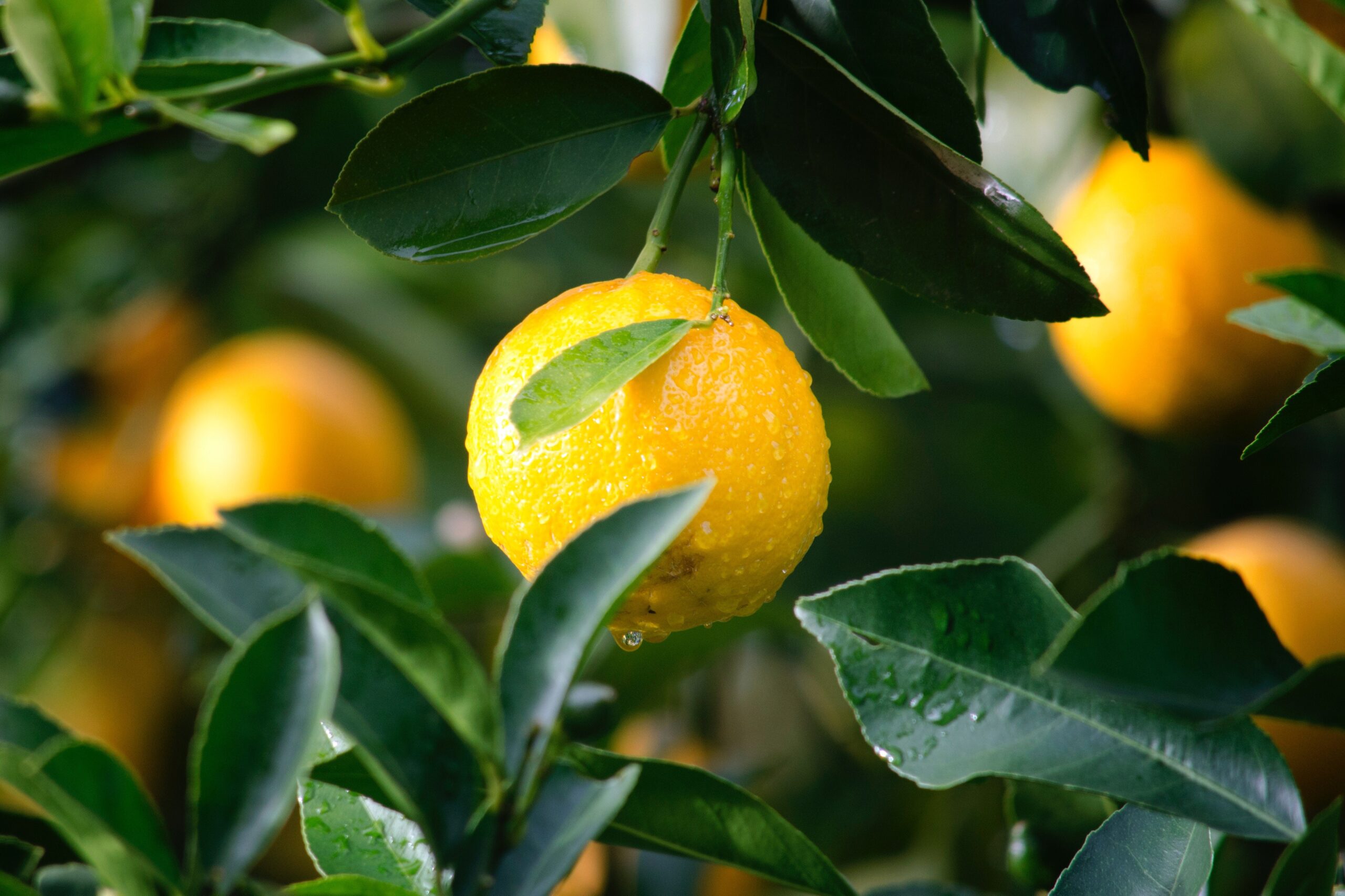January 23rd, 2021Glen, about the house
Freeze your berries
If you have a bumper crop of berry fruits in your home orchard or have found some ripe for the picking, don’t let them go to waste – save them for another day by freezing them whole.
This method is excellent for strawberries, mulberries, gooseberries, currants and cherries. And even oranges, lemons and grapefruit can be frozen in the same way.

In this case slice or cube the fruit, and place the portions in a lidded plastic container sprinkling each layer with a thin coating of dry sugar. Then seal the container and place it in the freezer compartment of your refrigerator. The fruit will keep there for months if unopened.
To use the fruit simply let it thaw, unopened for about a half hour at room temperature. Don’t attempt to refreeze the leftovers and use several small individual containers to avoid wastage.
If you normally use a small number of berries at any one time, another method is to loosely freeze them in a freezer tray then store them in a freezer bag. Then you can remove and thaw out the quantity required at any one time and then reseal the bag in much the same way as you would frozen peas.
Another freezing technique with berries, especially if they have become soft and pulpy, is to put them through a blender with honey to taste and then pour into a sealable container and freeze. Once frozen the fruit can be taken out and put through the blender while still frozen, for use either as a topping for ice-cream or as a syrup for fruit salads, etc.
Care for your fruit trees
Don’t turn your back on your fruit trees and vines once you have picked their crops. This is a rather critical time of the year for them as they are recovering from the stress of producing a heavy (we hope) load of fruit and at the same time trying to store up energy to see them through Winter and into Spring.
Don’t rely on there being sufficient rain or run-off from the rest of the garden to see them through until Autumn. Give them good, long, soaking drinks, either by letting the hose run slowly into a shallow moat, or better still circle the tree just inside the drip line with a length of slow-release trickle hose.

Leave this running for several hours around each tree to ensure the soil is completely soaked. This method ensures that the tree, and only the tree, benefits from all of the water.
Repeat this watering throughout the hot months whenever the soil at the bottom of the moat is dry. Insufficient moisture at this time of year could cause leaf drop, which in itself is not necessarily dangerous for the tree but could reduce the necessary stored material for next season’s crop.
Just a note of explanation: If you aren’t familiar with the term drip line it refers to the outer reach of the foliage and is obviously where the main feed roots develop.
Acid loss
In some areas where the quality of water can deteriorate with hot dry conditions, acid-loving plants could be showing signs of yellowing as the pH level starts to turn to alkalinity.
You can correct the imbalance by spraying your acid lovers with Epsom salts (magnesium sulphate) at the rate of 37gm to 20 litres of water.
Got a gardening question? Ask Glen. Email glenzgarden@gmail.com










